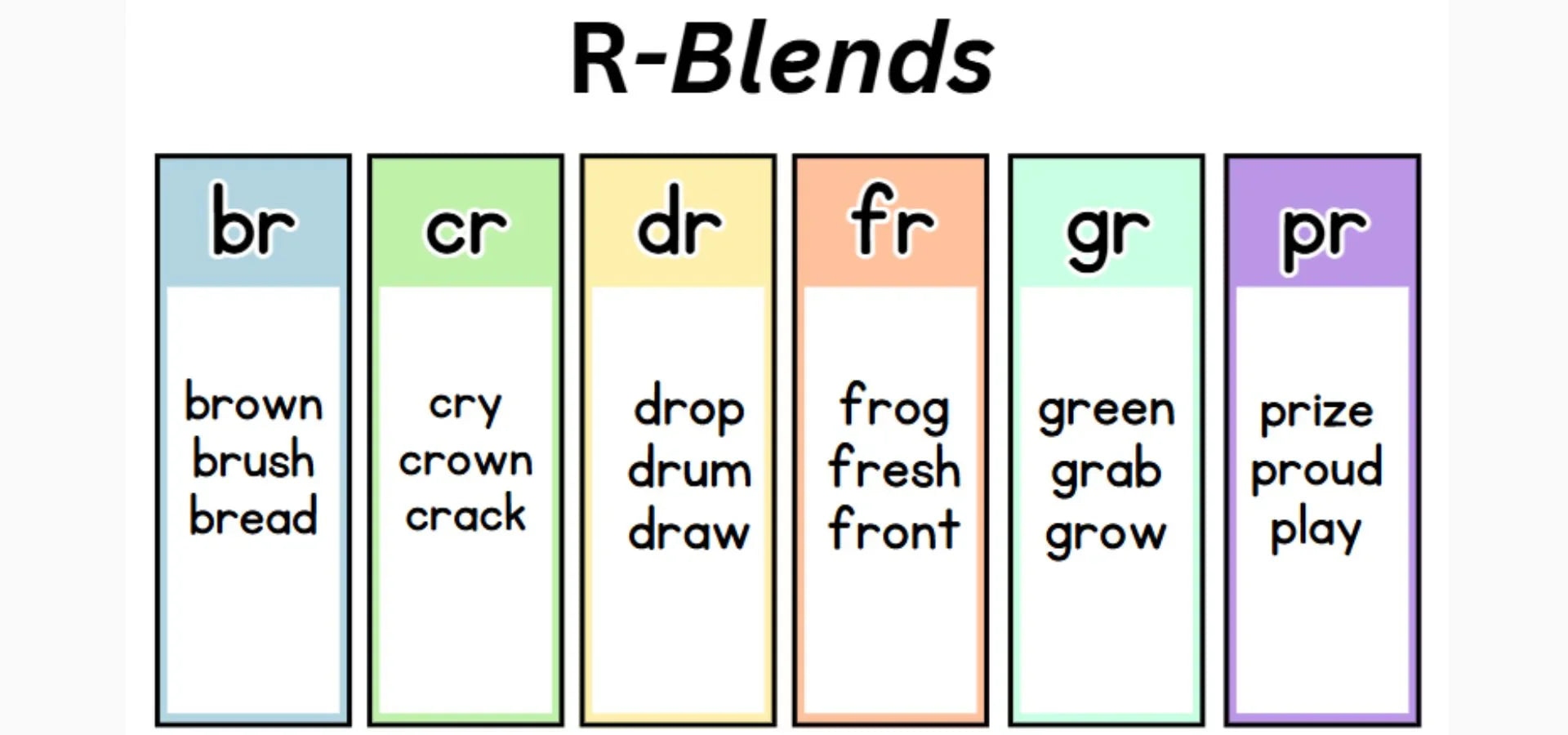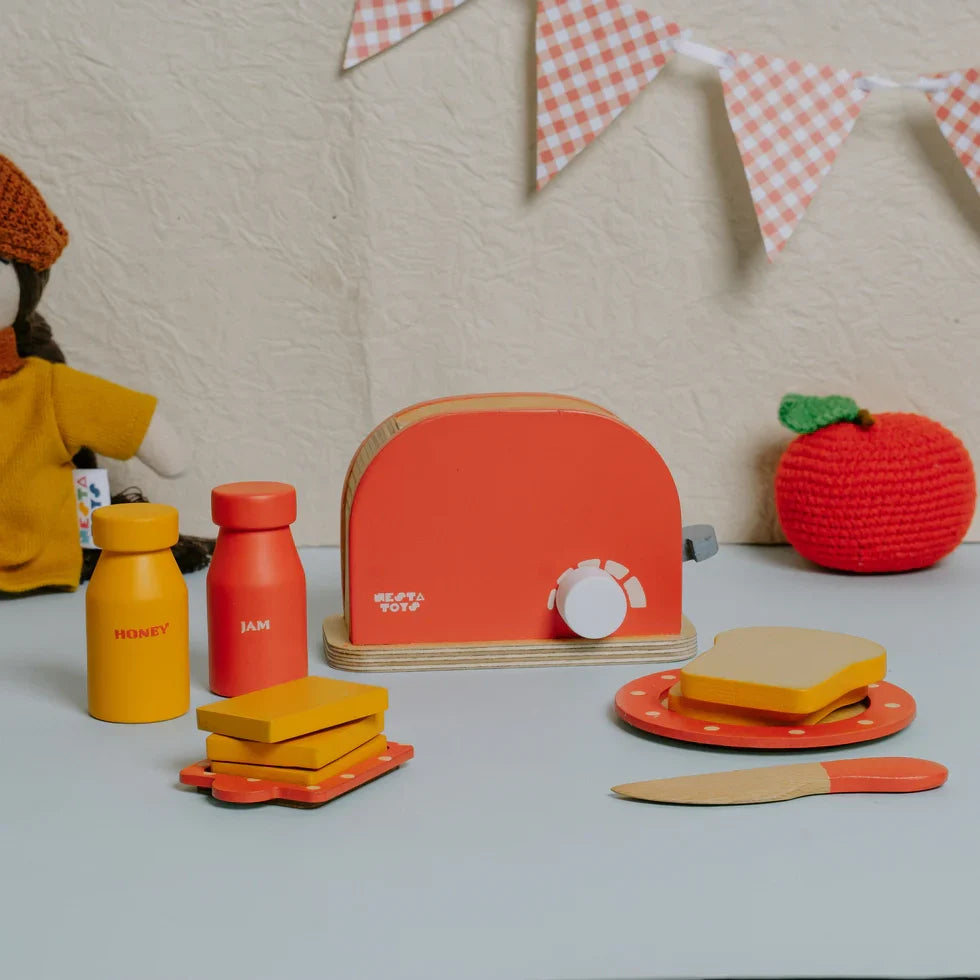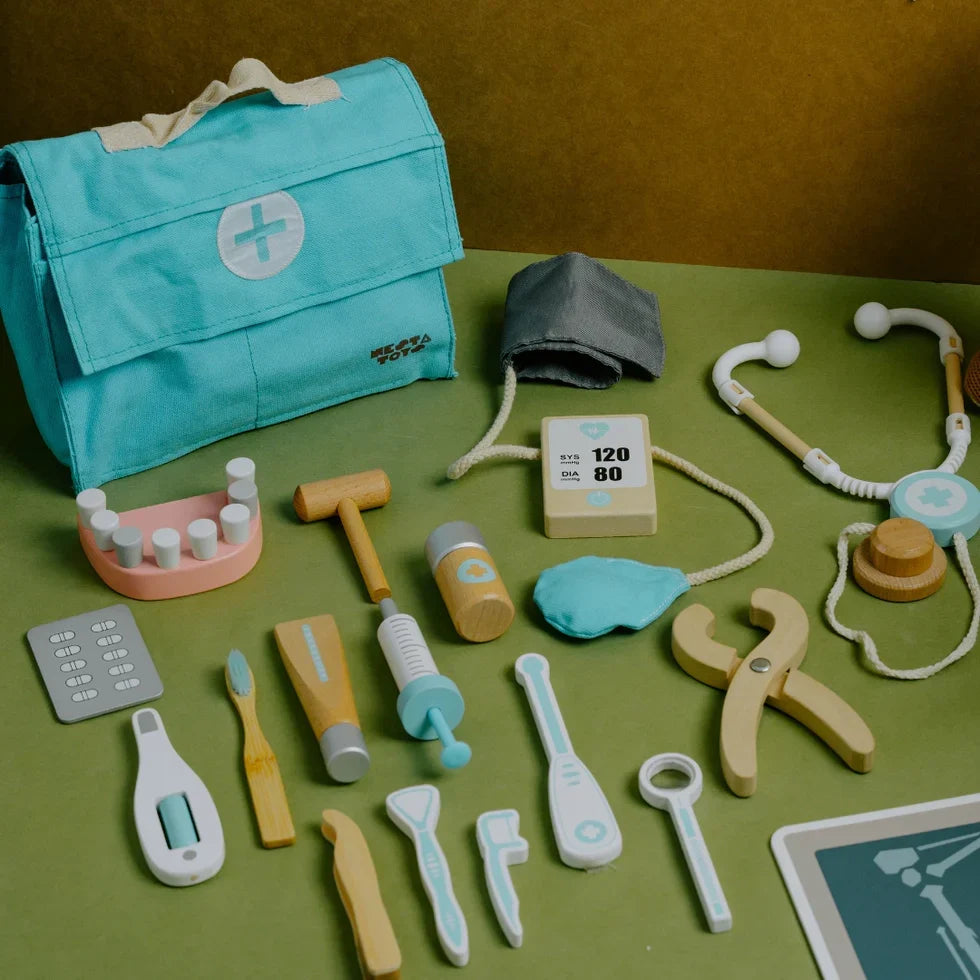Early Learning
Learn To Read - Phonics - All "I" Words by Sound Type
Sound Type Examples Short I (/ĭ/) sit, big, pin, lid, zip, wig, tip Long I (/ī/) ride, bike, light, night, tie, pie, cry, fly R-Controlled bird, girl, shirt, chirp, dirt Schwa I (/ə/) animal, pencil, family, hospital
Learn moreLearn to Read – Phonics: Alternative Letters (Graphemes)
Alternative letter endings, also known as Graphemes, play a key role in helping children decode and spell words accurately. This summary explores common consonant-based endings (like -ck, -sh, -tch), vowel-based and r-controlled endings (like -ay, -ir, -or), and early suffixes (like -ed, -ing, -ful). Recognizing these patterns improves reading fluency, builds spelling confidence, and strengthens vocabulary. By practicing these word endings regularly, children can develop stronger phonics skills and become more confident readers.
Learn moreLearn to Read – Phonics: Silent E (Magic E / Bossy E)
When children are ready to move beyond basic short vowel sounds, the Magic E rule (also known as Silent E) is one of the most important phonics patterns to master. This simple but powerful rule shows how adding a silent “e” at the end of a word can change the vowel sound from short to long. For example, cap becomes cape, and hop becomes hope. Below are examples of how Magic E works with different vowels, turning short vowel words into long vowel words. 1️. A–E Words → Long A sound cake made name same lake tape game plane 2️. E–E Words → Long E sound these here theme scene eve 3️. I–E Words → Long I sound time ride bike mine line slide five kite 4️. O–E Words → Long O sound hope joke rope vote nose stove bone home 5️. U–E Words → Long U sound (/yoo/ or /oo/) cube flute mule use fuse rule tune Important: Silent E Does More Than One Job Function of Silent E Example Makes the vowel long cap → cape Softens c or g face, huge Adds a syllable come, give Prevents words ending in "v" give, have Magic E Pairs: See the Difference Without Silent E With Silent E cap cape kit kite hop hope fin fine mad made cub cube Understanding the Magic E rule empowers young readers to decode and spell more complex words with confidence. It introduces them to the concept of long vowel sounds and shows how one small letter can change the entire meaning and pronunciation of a word. Regular practice with these patterns builds stronger phonics skills, setting the foundation for fluent and expressive reading. Make learning Silent E words simple and fun!📘 Try our Phonics Flashcards – Learn to Read in 20 Stages, perfect for practicing long vowels and Magic E words.👉 https://nestatoys.in/products/phonics-flash-cards-learn-to-read-in-20-stages
Learn moreLearn to Read – Phonics: Diphthongs
Summary Table of Common Diphthongs Sound Spelling Examples /ou/ ou, ow out, house, now, cow /oi/ oi, oy coin, boil, boy, toy /āɪ/ igh, ie, i-e, y high, kite, pie, my /eə/ air, are, ear air, care, bear /əʊ/ oa, ow, oe boat, snow, toe
Learn moreLearn to Read – Phonics: Bossy R (R-Controlled Vowels)
Summary: R-Controlled Vowel Sounds Pattern Sound Example Words ar /är/ car, star, farm er /ər/ her, term, fern ir /ər/ bird, girl, shirt ur /ər/ fur, curl, turn or /ôr/ corn, storm, fork ore /ôr/ store, more, shore
Learn moreLearn to Read – Phonics: All Trigraphs (3-Letter Sounds)
Summary Table Type Trigraphs Consonant tch, sch, thr, shr, scr, str, spr, spl, squ Vowel igh, eau, air, ear, are, ure
Learn moreLearn to Read – Phonics: Digraphs at the Beginning and End of Words
A digraph is when two letters come together to make one sound—like sh in "ship" or ck in "duck." These sound pairs are key building blocks in early reading. By learning beginning and ending digraphs such as ch, th, ph, and ng, children can decode words more smoothly, pronounce them accurately, and spell with greater confidence. This guide introduces common digraphs with simple examples to help kids become more fluent, joyful readers.
Learn moreLearn to Read – Phonics: Silent Letters
Help your child decode tricky spellings with this fun phonics post on silent letters. Explore common patterns like k in knife and b in lamb, supported by a handy chart and interactive examples. Don’t miss the link to our Phonics Flashcards—a perfect tool for building strong early reading skills!
Learn moreToy Safety Certifications Explained: BIS, EN71, ASTM & More
As parents, caregivers, or gift-givers, we want toys that are not just fun but also safe. In today’s fast-evolving world, where everyone has access to information at their fingertips, parents are more aware than ever. A simple online search tells them what’s best for their child—whether it’s wooden toys, non-toxic materials, or developmental benefits.
Learn more












